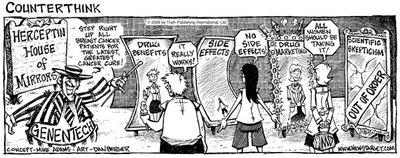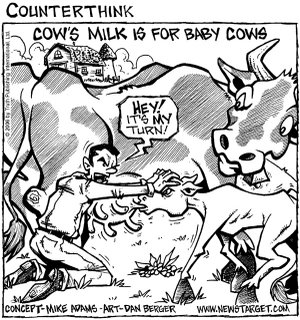additives list - handy

If you're reading this, you are probably an astute label reader already. Even so some of the numbers and names on ingredient lists are near impossible to decipher. Thanks to the Safe Food Campaign of New Zealand, here is an excellent easy to follow list of food additives to avoid.
The following additives may cause health problems such as allergies, asthma, hyperactivity, birth defects and cancer.
Keep in mind:
- Ill effects are linked to many of these additives in human trials and animal tests.
- Additives are not required to be tested in real-life cocktails in which we eat them.
- Doses allowed do not take into account a child’s greater intake for their body weight.
- Research on addictive aspartame and MSG associates them with potential brain damage and effects ranging from mild and transitory to debilitating or life-threatening.
Colours
102 tartrazine 104 quinoline yellow 110 sunset yellow 122 azorubine, carmoisine 123 amaranth 124 ponceau, brilliant scarlet 127 erythrosine 129 allura red 132 indigotine, indigo carmine 133 brilliant blue 142 green S, food green, acid brilliant green 151 brilliant black 155 brown, chocolate brown 160b annatto, bixin, norbixin 173 aluminium
Antioxidants
310-312 all gallates 319 TBHQ 320 butylated hydroxyanisole (BHA) 321 butylated hydroxytoluene (BHT)
Flavours
Approx 3000 permitted, untested and unregulated. Artificial and natural are both suspect. Some may contain MSG (621) or free glutamate. ‘…flavouring’ implies artificial, ‘flavoured with …’ implies natural.
Flavour enhancers
620-625 glutamic acid and all glutamates, incl. 621 monosodium glutamate (MSG) which may be disguised as hydrolysed protein, yeast extract, sodium or calcium caseinate. See www.truthinlabeling.com 627 disodium guanylate 631 disodium inosinate 635 ribonucleotides
Preservatives
200-203 sorbic acid, potassium & calcium sorbates 210-213 benzoic acid, sodium, potassium & calcium benzoates 220-228 sulphur dioxide, all sulphites, bisulphites, metabisulphites 249-252 all nitrates & nitrites 280-283 propionic acid, sodium, potassium & calcium propionates
Artificial sweeteners
950 acesulphame potassium 951 aspartame 952 sodium or calcium cyclamate 954 saccharin 955 sucralose 961 neotame Safe Food Campaign Inc PO Box 9206 Wellington 6141 Ph (04) 476 8607 www.safefood.org.nz
Labels: chemicals, health, preservatives







